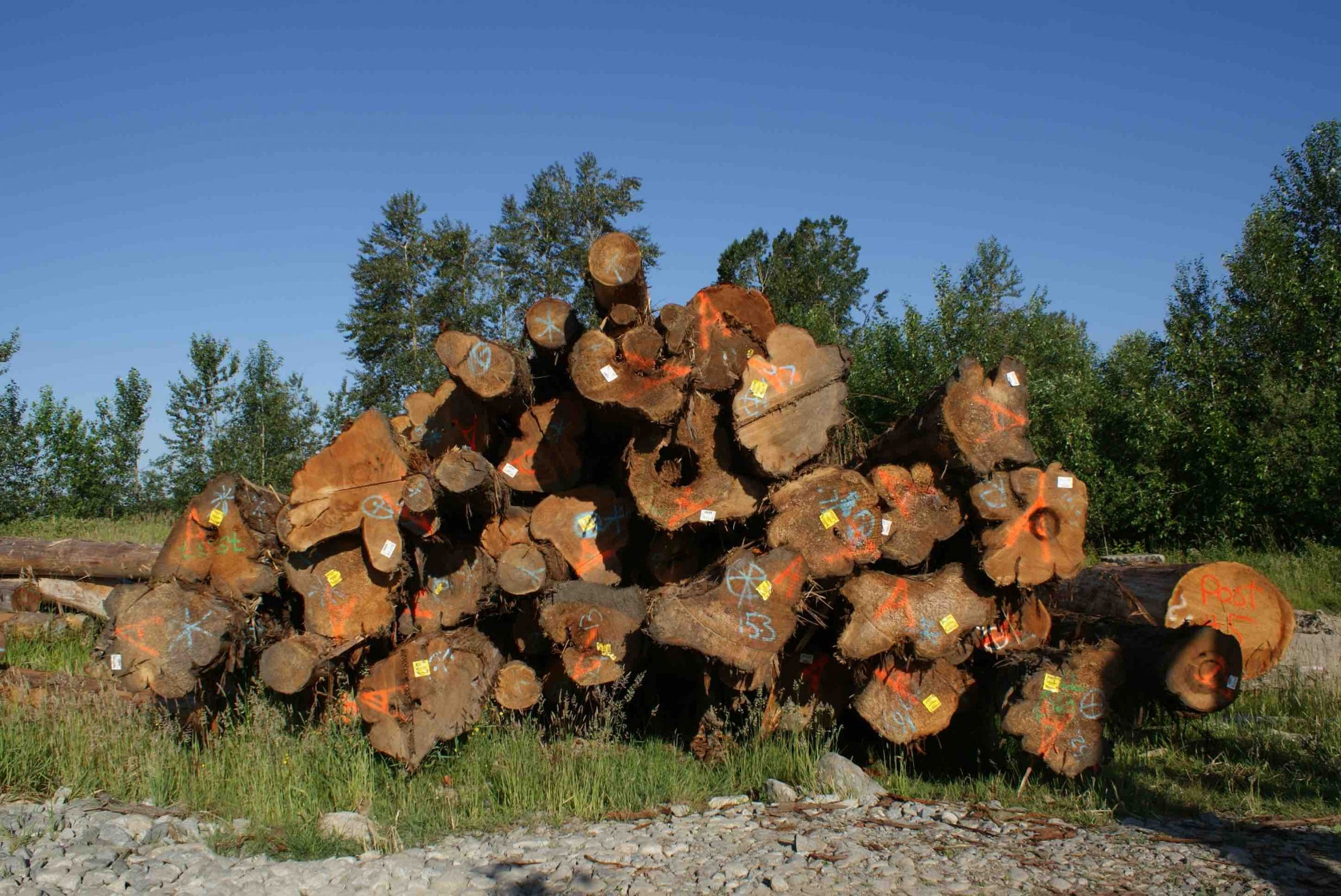If you look after your log home, it can last for years and years. One of the most common problems that occurs with timber homes is dry rot. If you live in an area with rain, wind or snow, like most of us do, it’s important to inspect your house every year and look for signs of dry rot and know how to treat it. If built correctly with proper overhangs and drainage, and you maintain your home on a regular basis, you can reduce your chances of having dry rot—but Mother Nature sometimes has a mind of her own.
What is dry rot?
In a word—water. Moisture originating from rain or snow is the seeps inside unprotected logs that have cracks and over time creates a fungus that eats away at parts of the wood that causes stiffness and strength. If not maintained, rotting inevitably occurs.
What to do if you notice dry rot in your log home?
So how do you fix this common problem? You want to control the amount of water that your log or timber home comes into contact with. Water exposure is at the root of dry rot, and our goal is to stop this issue before it even begins. Here are a few ways to keep dry rot from making your home, its home:
Maintain a Good Finish on the Exterior Logs
As mentioned, it is important to continue maintaining your log home on a regular basis. We encourage clients to inspect their home every spring and fall just after and before the harsh winter to see if there is any changes or damage starting to occur with the logs. Every few years, it’s also a good idea to clean and refinish the logs to further prevent damage and to give your home a quick facelift.
Read our recent article “4 Steps to Refinishing Your Log Home” for more details.
Keep the Chalking and Chinking Between the Log Joints in Good Condition
Chalking and chinking seals gaps between logs and fills gaps between the logs and other areas, like windows. This helps to prevent moisture from sneaking into those cracks and crevices. (Coincidentally, this also helps to protect your log home from becoming a home to other inhabitants—insects love nesting in wood, and that’s a whole other issue!)
Pay Attention to Your Windowsills
Windows typically collect water and moisture on the logs directly below them, so watch for signs of moisture invasion and make sure you keep the logs properly sealed. Also, it’s important to keep the spaces between the window and the logs sealed, too.
Designing Your Log Home to Reduce Dry Rot
If you’re still in the design phase, you it’s important to work with your designer and builder to design for the climate that you are living in. Including overhangs and limiting the amount of exposed wood can help prevent dry rot. When planning your landscaping also consider keeping bushes and other foliage away from touching the logs, which would ideally keep moisture away, too.
You won’t be able to 100% guarantee that your log or timber home will never have dry rot, but by ensuring your home is designed for the right climate and following some basic maintenance practices you can help reduce the chances of that happening.
Related Articles


